

https://www.tandfonline.com/doi/full/10.1080/10871209.2023.2263774
We assessed social preferences toward vertebrates, invertebrates, and plants in a biodiversity hotspot in Chile. We asked respondents (n = 662) to rank species based on their preferences and to select one subset to protect and another subset to remove. We identified four species clusters based on preferences: charismatic animals, plants, less popular animals, and animals that cause phobia/rejection. Preferences to protect were higher in the charismatic animal cluster, whereas preferences to remove were concentrated in the phobic cluster. Stakeholders with environmental occupations selected species to protect from the “less popular animals” and “animals causing phobia” clusters more often than other stakeholders, whereas society in general tended to select species from the “charismatic animals” cluster. Our results suggest that factors different from conservation priorities – like charisma – guide social preferences for biodiversity, and this needs to be considered when planning management actions.
https://www.tandfonline.com/doi/full/10.1080/10871209.2023.2263774









